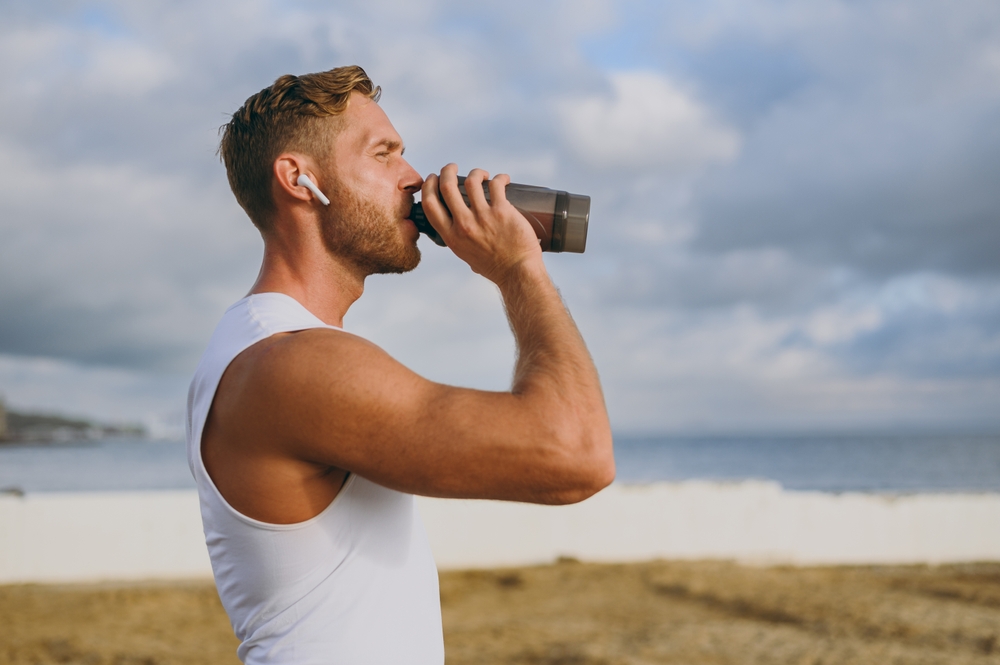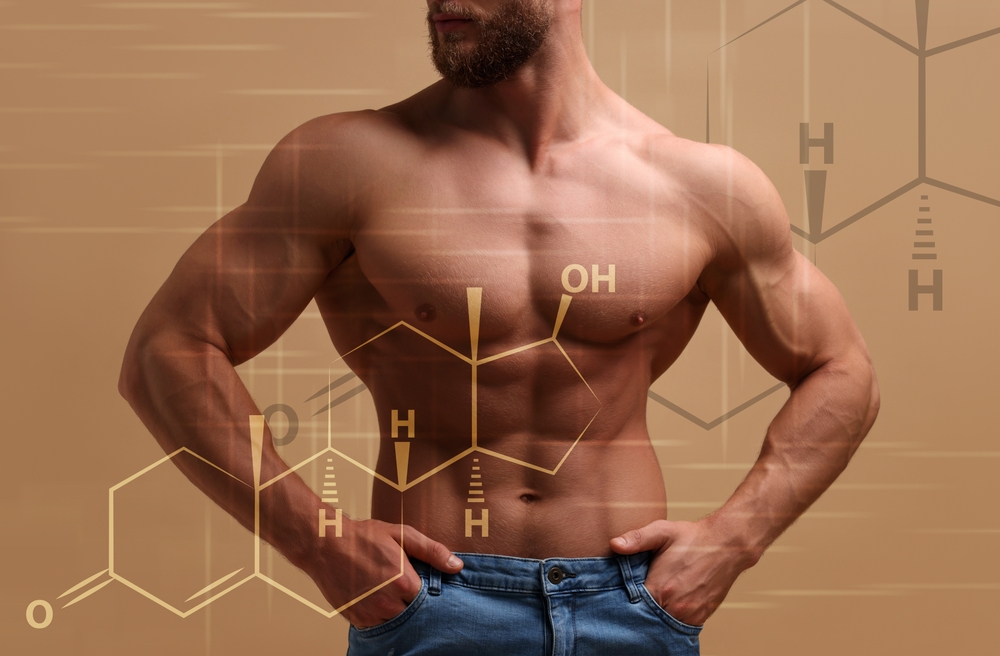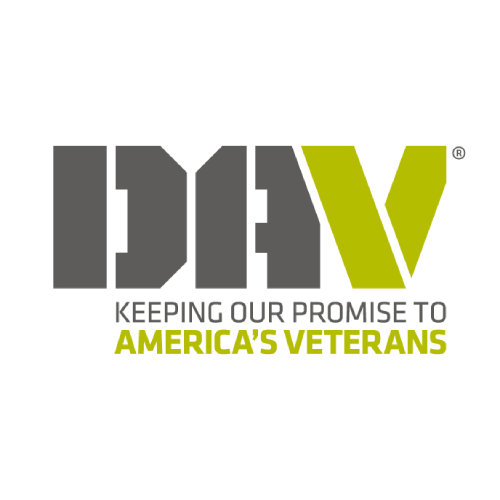Every athlete seeks that elusive secret weapon to recover faster and push boundaries. Enter Hyperbaric Oxygen Therapy (HBOT), a cutting-edge treatment gaining momentum for its potential to expedite muscle repair after rigorous training sessions. As athletes strive for improved recovery, understanding HBOT’s intricacies becomes essential.
At its core, HBOT involves breathing pure oxygen in a pressurized chamber, creating a rich oxygen environment that claims to enhance the body’s healing capabilities. The implications for muscle repair are notable: from speeding up recovery times to reducing inflammation and promoting the growth of new blood vessels, HBOT could redefine athletic recuperation.
Understanding HBOT (Hyperbaric Oxygen Therapy)
Hyperbaric Oxygen Therapy (HBOT) is a treatment that enhances muscle recovery after intense exercise. It involves breathing pure oxygen in a special chamber at higher-than-normal atmospheric pressures.
Key Benefits of HBOT:
- Faster Recovery Time: Enhances tissue repair and speeds up recovery from exercise-related muscular injuries.
- Improved Oxygen Delivery: Increases oxygen levels in the blood, aiding in muscle regeneration and reduced inflammation.
- Boosted Muscle Function: Helps elite and professional athletes enhance physical and athletic performance.
HBOT promotes quicker healing by increasing the oxygen flow to blood vessels and tissues. This boost in oxygen facilitates the natural healing processes and improves energy levels.
How It Works:
| Feature | Benefit |
|---|---|
| Higher Oxygen Levels | Faster muscle regeneration |
| Reduced Inflammation | Decreased muscle soreness |
| Enhanced Performance | Boosts tissue repair |
For fitness enthusiasts, HBOT offers faster healing and reduced recovery time. It supports the body’s ability to repair and regenerate muscles more effectively. By enhancing the delivery of oxygen, it aids in maintaining high energy levels after physical activity. HBOT is a valuable tool for those seeking quicker recovery and improved muscle function.
The Science Behind Muscle Repair
Muscle repair is a complex process that helps the body recover after intense exercise. When you push your muscles beyond their usual limits, tiny tears form in the muscle fibers. This is a normal part of getting stronger and fitter. The body must repair these tears to help muscles grow and improve. Understanding the science behind this process involves looking at how the body uses oxygen, the creation of new blood vessels, and the production of collagen. Each of these elements plays a crucial role in making sure muscles heal properly and quickly.
The role of oxygen in muscle recovery
Oxygen plays a vital role in how muscles recover after exercise. When we work out, our muscles need extra oxygen to help repair and grow. Hyperbaric Oxygen Therapy (HBOT) increases the oxygen levels to speed up this process. When oxygen reaches the muscle tissues through the blood, it boosts collagen production, crucial for muscle healing. By enhancing oxygen delivery, HBOT supports faster and more effective recovery.
HBOT enhances oxygen delivery by using a controlled setting to increase pressure. This method allows more oxygen to dissolve into the bloodstream and reach the muscles. Higher oxygen levels make the muscles regenerate more efficiently. Enhanced oxygen levels also contribute to reduced inflammation, which decreases muscle soreness after a workout.
Increased oxygen availability helps in energy production, making you feel less tired. This is especially important for athletes and fitness enthusiasts who regularly engage in intense exercise. By aiding quicker recovery, enhanced oxygen levels maintain and improve physical performance.
Angiogenesis and its importance in healing
Angiogenesis is the process of forming new blood vessels, and it is crucial in healing muscles. After intense exercise, muscles need more oxygen and nutrients to repair, which new blood vessels help to supply. Angiogenesis ensures that tissues receive what they need to recover and strengthen.
This new blood vessel growth allows a better circulation system within the muscles. Good circulation ensures that oxygen and nutrients are delivered efficiently. The improved delivery helps muscles regenerate, boosting both recovery time and performance. HBOT supports angiogenesis by enhancing oxygen levels, promoting the body’s ability to form new blood vessels.
Elite athletes benefit significantly from this process as it supports quicker recovery. It allows them to train harder and more frequently without extended downtime. Angiogenesis, therefore, is an essential part of muscle healing, enhancing overall fitness and athletic capabilities.
Collagen production and muscle repair
Collagen is a protein that is vital for muscle repair. It is found in connective tissues, which hold muscles together. When muscles are injured, collagen helps rebuild and strengthen the muscle fibers.
During physical activity, collagen production increases to support muscle repair. HBOT enhances this process by delivering more oxygen needed for collagen synthesis. The quick recovery of collagen aids in reducing muscle stiffness and pain.
By promoting collagen development, HBOT helps in faster recovery from exercise-related injuries. This makes it an important factor for maintaining consistent training routines. Fitness enthusiasts, athletes, and active individuals can improve muscle function and performance by supporting collagen production.
In conclusion, understanding these processes helps us see how critical oxygen, blood vessel growth, and collagen are in muscle repair. Each component plays a unique role, ensuring muscles heal and perform better after each workout.
Mechanisms of HBOT in Muscle Recovery
Hyperbaric Oxygen Therapy (HBOT) is a treatment that involves breathing pure oxygen in a pressurized chamber. This therapy can significantly boost muscle recovery after intense exercise. By enhancing oxygen delivery to tissues, HBOT aids in faster healing and muscle regeneration. Elite and professional athletes often use this therapy to improve their physical performance and shorten recovery time. From reducing muscle soreness to supporting muscle function, HBOT offers a wide range of key benefits. It leverages the body’s natural healing processes to address exercise-related muscular injuries effectively. Overall, the therapy can speed up the recovery time, allowing athletes to return to their training routine quicker and maintaining high energy levels.
Increasing oxygen saturation
One of the key benefits of HBOT is its ability to increase oxygen saturation in the blood. During the session, the atmospheric pressure in the chamber allows the lungs to take in more oxygen than usual. This increase in oxygen levels helps supply muscles with the necessary nutrients for recovery. Oxygen-rich blood flows more effectively through blood vessels, facilitating faster recovery and enhancing muscle function. This process ensures that tissues receive more oxygen, which is vital for energy production and muscle regeneration. As a result, athletes experience quicker recovery and improved athletic performance. With better oxygen delivery, the muscles repair faster after intense workouts, limiting downtime significantly.
Reducing inflammation and muscle soreness
HBOT plays a significant role in reducing inflammation and muscle soreness after physical activity. By increasing oxygen levels in the blood, it helps alleviate these issues. Reduced inflammation means fewer exercise-related muscular injuries, allowing for natural healing processes to occur unhindered. By decreasing swelling and pain, HBOT provides a quicker recovery path for fitness enthusiasts and athletes alike. This therapy minimizes the symptoms that often come after intense exercise, enabling a return to training sooner. As muscles recover more efficiently, this leads to enhanced performance and sustained physical activity. The benefits of HBOT in managing soreness make it an attractive option for maintaining optimal exercise routines.
Enhancing the immune system
HBOT not only aids in muscle repair but also enhances the immune system. The increased oxygen saturations strengthen immune responses, safeguarding against infections and exercise-induced stress. A robust immune system supports faster healing, keeping athletes healthier and more resistant to common ailments that could disrupt training schedules. As the immune system becomes more effective, the body handles stress and injuries better, promoting continuous physical performance. The stronger immune response also ensures muscle tissues heal properly, reducing the chances of long-term damage or recurrent injuries. This added layer of protection is vital for athletes aiming for consistent performance throughout their careers.
Mitigating oxidative stress and muscle damage
Oxidative stress and muscle damage are common concerns for athletes post-exercise. HBOT helps mitigate these issues by enhancing oxygen delivery and promoting tissue repair efficiency. It counters the damaging effects of free radicals, reducing oxidative stress that harms muscle cells. Lesser oxidative stress translates to fewer muscle injuries and quicker recovery times. This protective effect minimizes long-term muscle damage, ensuring sustained physical performance. By supporting optimal muscle function, HBOT empowers athletes to maintain high levels of physical activity. This therapeutic approach makes a significant difference in how athletes recover and perform, focusing on long-term health and energy levels.
Benefits and Risks of HBOT for Athletes
Hyperbaric Oxygen Therapy (HBOT) is gaining popularity among athletes. This therapy involves breathing pure oxygen in a pressurized chamber. The increased atmospheric pressure helps deliver more oxygen to the blood. This can speed up muscle repair after intense exercise. Enhanced oxygen delivery aids in muscle function and recovery time. Many athletes use HBOT for its benefits in tissue repair and faster recovery. However, like any treatment, it has potential risks. Understanding both the benefits and the risks can help athletes make informed choices.
Pain management with HBOT
Managing pain is crucial for athletes, especially after intense workouts. HBOT can be effective in this regard. The therapy enhances oxygen levels in the blood, which helps areas with low oxygen. This can reduce muscle soreness. Faster oxygen delivery aids tissue repair, which can relieve pain. HBOT helps reduce inflammation, a common cause of pain after exercise. It also supports natural healing processes, promoting quicker recovery. As a result, many elite and professional athletes consider HBOT for pain management.
Preventing injuries through therapy
Preventing injuries is key to maintaining peak athletic performance. HBOT can play a role in this, as it strengthens blood vessels and aids muscle regeneration. Enhanced oxygen delivery improves physical performance and reduces recovery time. This lowers the risk of exercise-related muscular injury. By supporting quicker recovery, HBOT allows athletes to maintain consistent training. Consistency is crucial for elite athletes who push physical boundaries. Regular therapy sessions can enhance energy levels, allowing athletes to perform better. HBOT’s benefits in preventing injuries make it a valuable tool for fitness enthusiasts.
Potential risks and side effects
Despite its benefits, HBOT is not without risks. Some users may experience discomfort due to increased atmospheric pressure. This can cause ear popping or sinus pain. In rare cases, it can lead to more serious side effects like oxygen toxicity or lung damage. Athletes should consult with medical professionals before starting HBOT. Understanding the risks helps in deciding if the therapy is suitable for them. While many athletes experience faster healing, it is essential to weigh the benefits against potential risks. Being informed ensures safer and more effective use of HBOT.
Practical Considerations for Athletes Using HBOT
Hyperbaric Oxygen Therapy (HBOT) is gaining popularity among athletes. This therapy enhances oxygen delivery, helping the body repair faster. For those engaging in intense exercise, HBOT can prove beneficial. It speeds up the natural healing processes, reducing inflammation and soreness. Whether you’re a professional athlete or a fitness enthusiast, understanding how HBOT works can help maximize its benefits. Let’s explore some key aspects of using HBOT and how it can aid in your athletic performance and recovery.
Deciding if HBOT is right for you
Choosing to use HBOT requires careful thought. Not everyone will benefit from this therapy. Consider your recovery needs and physical activity levels. If muscle soreness and longer recovery times slow you down, HBOT might help. It boosts energy levels, helping with muscle repair and faster healing. Consult with a healthcare professional to determine if HBOT fits your lifestyle. They can provide insights into how it aids muscle recovery and its impact on your overall athletic performance.
Session expectations and outcomes
Before starting HBOT, it’s essential to know what to expect. During sessions, you’ll be in a pressurized chamber. The increased atmospheric pressure raises oxygen levels in your blood. This aids quicker recovery from exercise-related muscular injuries. Many athletes notice reduced muscle function impairment and enhanced performance. Outcomes vary; some experience quicker recovery, while others see improved muscle regeneration. It’s important to be patient, as your body adapts to the therapy over time.
Navigating potential post-treatment fatigue
Post-treatment fatigue can occur after HBOT sessions. It’s crucial to manage this to maintain optimal physical performance. Though HBOT enhances recovery, it can also leave you feeling tired. Rest is an essential component of your body’s natural healing processes. Ensure adequate rest between sessions. Monitor your energy levels and adjust your routine as needed. Good nutrition and hydration can reduce the feeling of fatigue and support muscle regeneration.
Frequency and duration of sessions
The frequency and duration of HBOT sessions vary based on individual needs. Most athletes undergo sessions multiple times a week for a few weeks. Optimal recovery times result from a consistent session schedule. Each session typically lasts one to two hours. Regularly consulting with a therapist can help tailor the frequency and duration to your specific needs. This personalized approach ensures you enjoy the key benefits of HBOT, like reduced inflammation and faster muscle repair, tailored to your body’s needs.
Comparative Insights
Hyperbaric Oxygen Therapy (HBOT) is gaining attention for its potential to speed up muscle recovery. Traditional recovery methods, like rest and ice, have their benefits. But, HBOT takes a unique approach by enhancing the body’s oxygen delivery and boosting tissue repair. This therapy involves breathing pure oxygen in a pressurized chamber. It can aid in faster recovery from exercise and reduce muscle soreness. Athletes and fitness enthusiasts are turning to HBOT for its ability to improve recovery time and muscle function. It seems to provide a boost for anyone facing muscle fatigue after intense exercise. By increasing oxygen levels, HBOT supports natural healing processes, leading to muscle regeneration and reduced inflammation. Understanding how HBOT compares to traditional methods can offer insights into its key benefits for physical performance.
HBOT vs. Traditional Recovery Methods
Comparing HBOT to traditional recovery methods highlights its unique advantages. Regular rest and ice can take time to relieve muscle soreness, but HBOT offers a quicker recovery route. It works by increasing oxygen delivery to tissues, which supports faster healing. Traditional methods may not match its ability to boost energy levels for enhanced performance. With HBOT, atmospheric pressure in the chamber enhances blood flow. This ensures that oxygen-rich blood reaches even the most fatigued muscles. As a result, athletes experience faster muscle recovery and reduced inflammation.
While both methods aim for recovery, HBOT seems to provide a significant edge. It promotes quicker regeneration of damaged tissues, leading to faster recovery time. This can be especially beneficial for elite and professional athletes looking to maintain top physical performance. Many find that HBOT helps improve exercise-related muscular injuries more efficiently.
Overall, the advanced oxygen delivery through HBOT seems to surpass traditional methods. It’s becoming a preferred choice for those seeking faster healing and improved muscle function after intense exercise.
Case Studies or Testimonials from Athletes
Athletes who have tried HBOT often share positive experiences. Many report a noticeable difference in muscle recovery times. For example, a professional soccer player mentioned how HBOT helped them return to the field quicker after a sprain. Similarly, a marathon runner praised HBOT’s ability to reduce muscle soreness following long-distance races. These testimonials highlight HBOT’s wide range of benefits.
Fitness enthusiasts also value HBOT for its energy-boosting properties. A crossfit athlete noted an improvement in their performance after incorporating HBOT into their routine. They found it easier to manage muscle fatigue and maintain high-level training. This suggests that HBOT holds promise for those pursuing enhanced physical activity.
Overall, these case studies underline HBOT’s potential in the realm of sports recovery. Its effectiveness in improving energy levels and promoting faster muscle repair gives it an edge over traditional recovery methods. These testimonials from athletes reinforce the belief that HBOT can be a valuable tool for maintaining competitive fitness levels.






